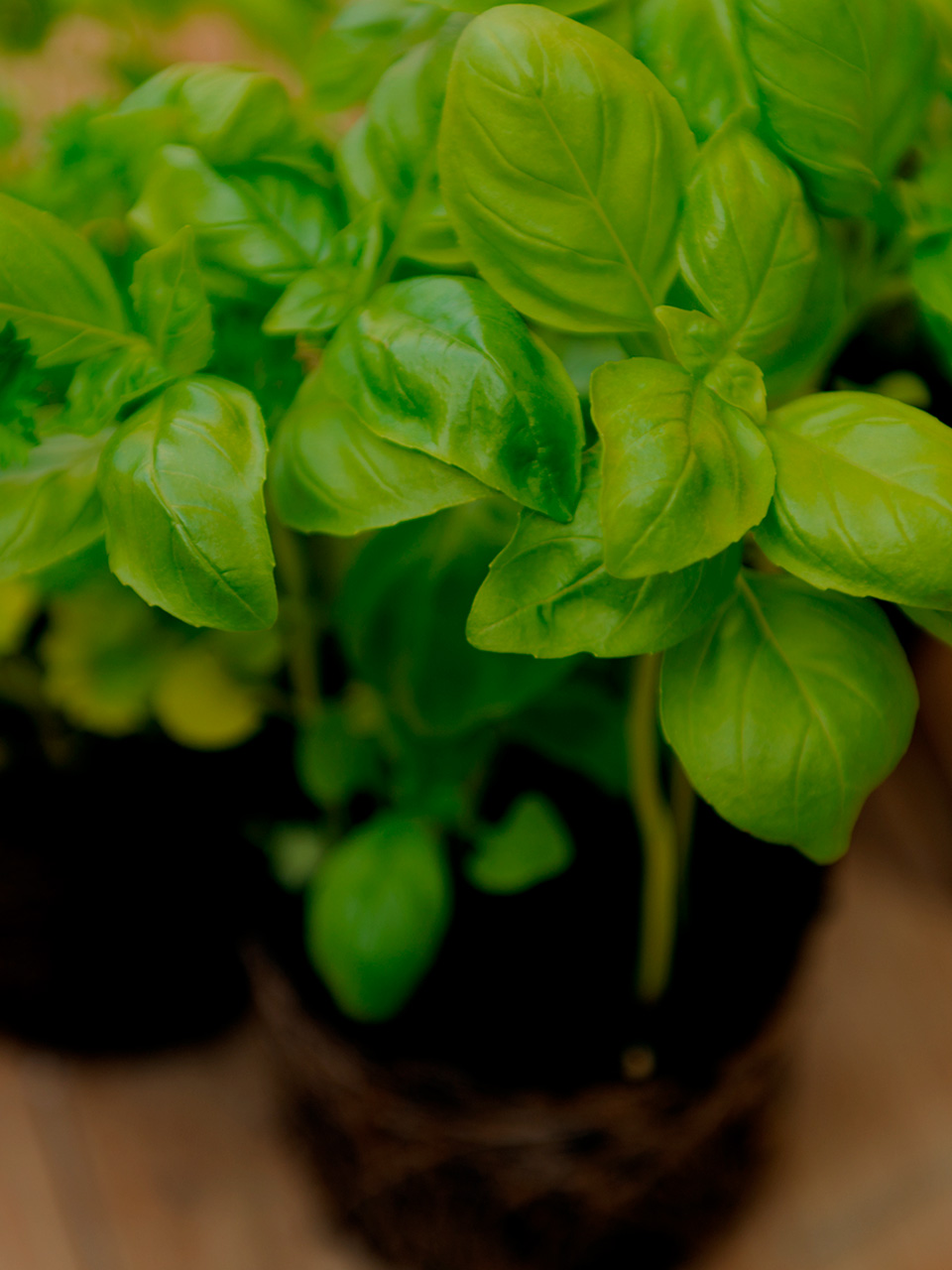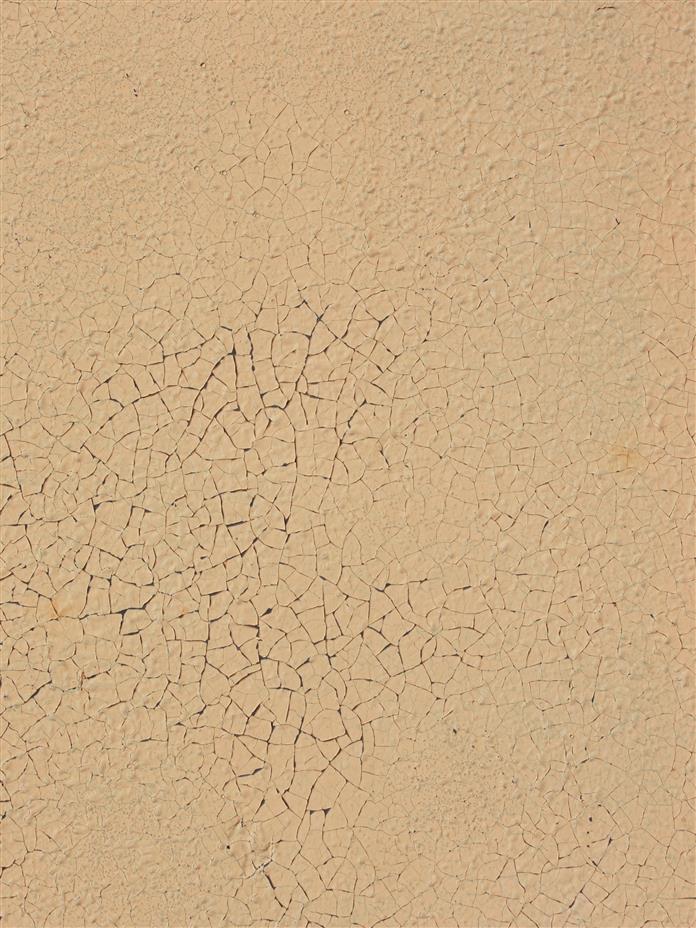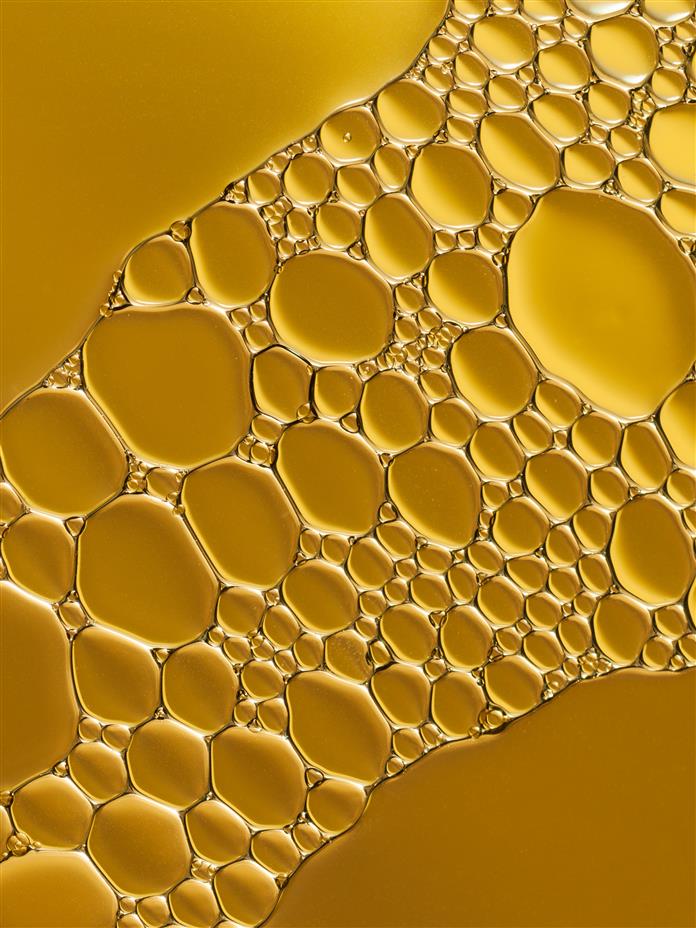Mint leaves are highly appreciated for their pleasant aroma and presence of essential nutrients. The health benefits of mint leaves are attributed to the nutrients provided by these flavorful foliage.

Tap to Read ➤
Mint Leaves
Ningthoujam Sandhyarani


Mint leaves are highly appreciated for their pleasant aroma and presence of essential nutrients. The health benefits of mint leaves are attributed to the nutrients provided by these flavorful foliage.

Mint is a versatile herb used in flavoring food, as a herbal remedy, and also in commercial products (sweets, energy drinks, chewing gum, cream, lip balm, mouthwash, and toothpaste). Though the stem portion can also be used, much of the essential oils are concentrated in mint leaves. The mint herb is found growing luxuriantly in wild habitats, particularly on the banks of streams and rivers. You can easily grow the mint plant in your outdoor herb garden, or maintain it in containers.

Nutrition
As per plant origin data, mint is native to Mediterranean and Asian countries. There are several aromatic herbs of the mint family, of which the two most commonly planted species are peppermint and spearmint. The latter imparts a milder flavor to foods than the former one. Other herbs of the same family are orange mint, pineapple mint, water mint, applemint, etc. You can choose mint according to its flavor and uses.

As far as nutrition is concerned, it contains high percentage of vitamins A and C, along with traces of vitamin B2. Being a rich source of vitamin C, herbs of the mint family are appreciated for their antioxidant properties. In addition to healthy vitamins, it is appreciated for presence of minerals, like calcium, potassium, manganese, iron, and copper.

Since these green leaves contain some vital nutrients, including them is beneficial to health in a number of ways.

Benefits
The uses of mint leaves are concentrated in food flavoring, medicinal application, and room freshening. A refreshing drink flavored with mint is a sure way to provide cooling effect during warm summer months. Parts of the plant have been used in herbal medicine since a long time ago.

Peppermint oil made from common mint is used for alleviating digestive problems.
- Mint leaves are effective for combating digestive problems, such as indigestion, upset stomach, dizziness, nausea, and vomiting. They are also used to treat heartburn and irritable bowel syndrome.

- Another medicinal use is relieving painful stomach cramps and menstrual symptoms. To treat these conditions, strong peppermint plant leaves are better choices than spearmint.
- Drink mint tea prepared with fresh or dried mint for soothing stomach pain. To get the same effect, spearmint leaves can also be added in boiled milk to feed children.

- The menthol content in mint makes it a wonderful remedy to minimize the risk of infections by fungi and bacteria. It is effective in combating allergic reactions and headache.
- Having a mild sterilizing effect, mint leaves are used for relief from inflammatory conditions. They are taken in form of an extract and tea for managing cough, cold, and fever.

- Applying peppermint essential oil gives a soothing effect to the skin, and relieves itching, burning sensation and burns. It is a versatile product to alleviate mild skin disorders.

- Mint is also a common ingredient in acne treatment products. The antioxidant and anti-inflammatory properties of mint make it a versatile herb for use in natural acne cures.

- The pleasant aroma of mint leaves make them a natural mouth freshener. They reduce bad breadth effectively. Hence, leaves of mint are added in toothpaste and mouth freshening products.

- Mint leaves are also claimed to strengthen the circulatory system. Drinking mint tea increases blood circulation and at the same time, increases concentration power by stimulating brain activities.

Storage
Aromatic mint plant grows luxuriantly in summer months, but turn black when the first frost falls. So, if your area receives winter frost, consider preserving mint leaf by drying, though its flavor will be diluted. Store fresh mint in a refrigerator. Or else, a bunch of mint can be kept in water with the stalks down. Change the water regularly and they remain fresh for about a week.

The foliage of the mint plant is used in making summer drinks. Simply adding them in coconut water gives a refreshing effect to the body. There are many more energy drinks that you can prepare with fresh leaves. For preparing mint water, you will need slightly bruised fresh mint leaves, cool water, and clean container (about 1 gallon size). Add mint leaves in water and refrigerate it. Strain to remove leaves, and serve with ice cubes.

As you see, mint is a multipurpose herb, and mint leaves have numerous uses. About the flavor and strength, spearmint is used for culinary applications, while peppermint is excellent for using in herbal medicine. When it comes to making recipes for children, prefer adding spearmint as it has a milder flavor.